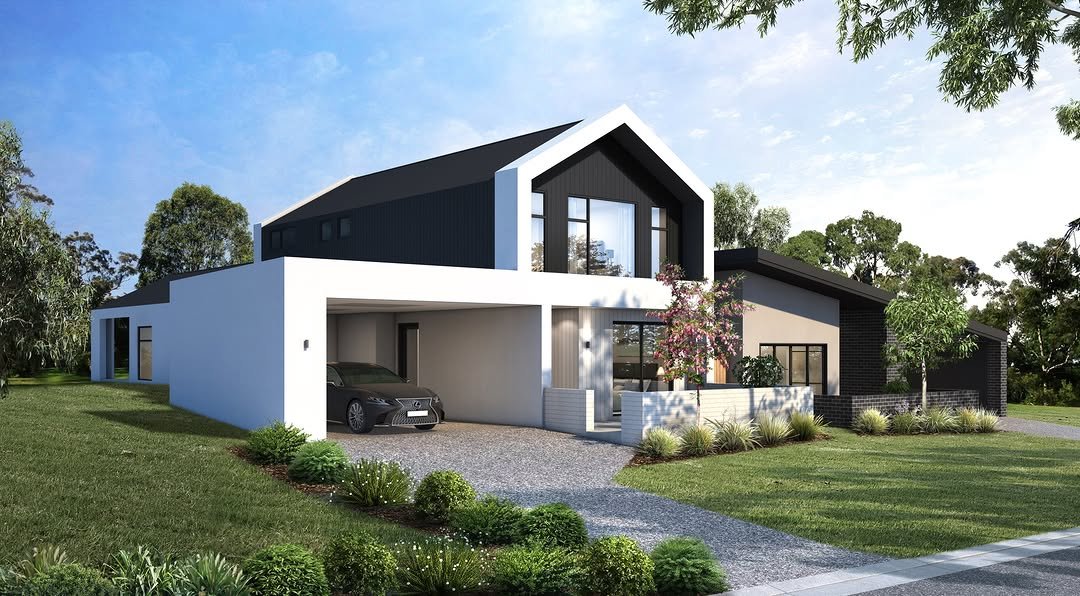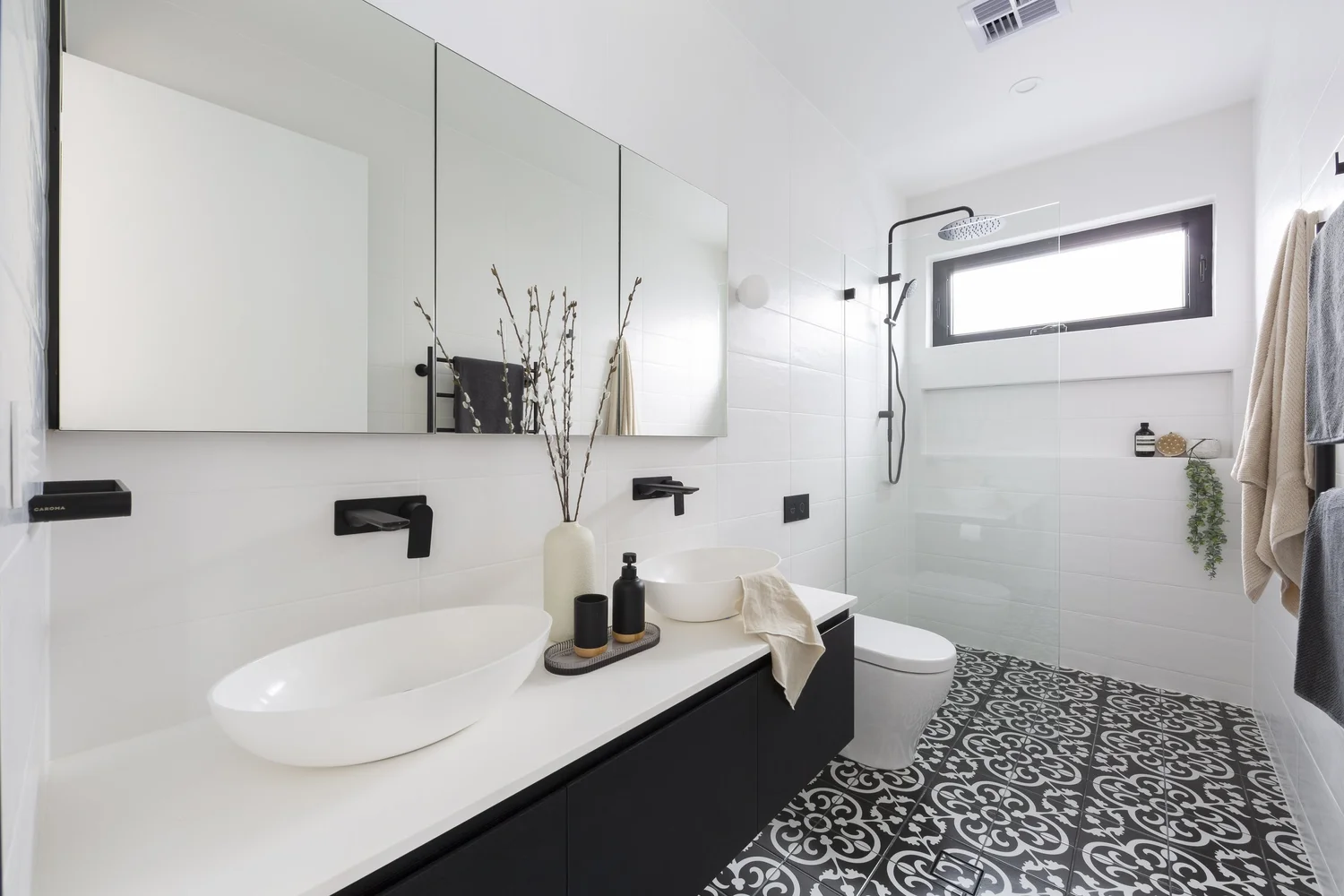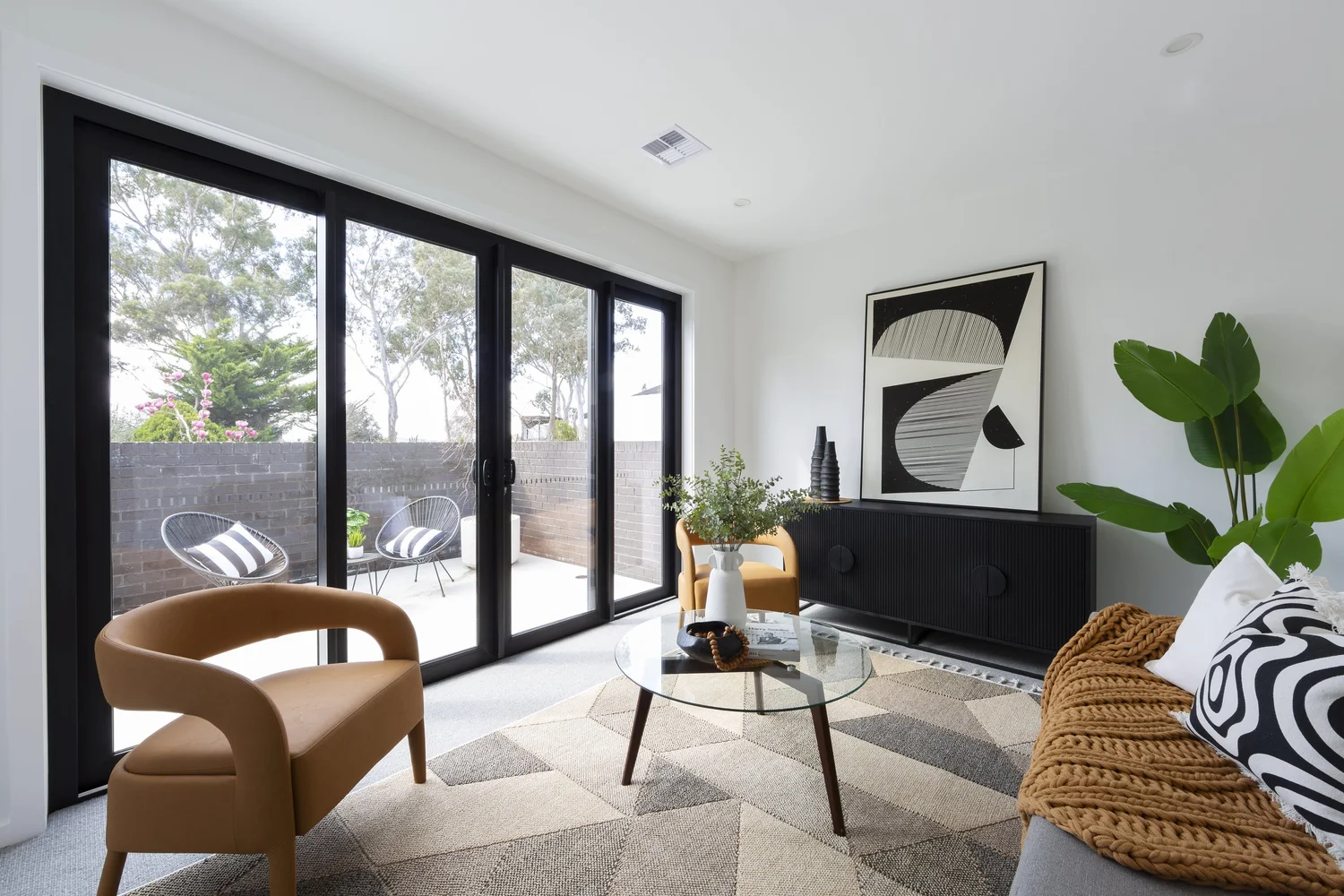When designing a custom home, the opportunity to craft a space that meets your current needs and anticipates future ones is both exciting and challenging. A well-thought-out custom home not only reflects your personality but also adapts to evolving lifestyles, family dynamics, and technological advancements. To achieve this, working with experienced custom home builders is crucial. They can guide you in making a home that perfectly blends long-term functionality with timeless design, keeping it both practical and beautiful for decades to come.
In this blog, we’ll explore how to design a future-ready custom home focusing on flexibility, durability, sustainability, and innovative technology. Whether you’re just starting to plan your custom home or refining your vision, these insights will help you create a home that grows with you.
1. Prioritize a flexible floor plan
A future-proof custom home starts from a flexible layout that accommodates changing needs over time. Whether it is growing with your family, working from home, or establishing multi-generational living arrangements, a good floor plan design can adapt these transitions with minimal hassle.
Flexible Layout Tips:
- Open Spaces: Open-concept living areas are very flexible and can be easily reconfigured for different purposes, such as adding additional seating or creating play areas for children.
- Multi-Functional Rooms: Design rooms that can serve dual purposes. For example, a guest room could double as a home office or hobby space.
- Future Expansion: Plan for potential additions, such as an extra bedroom, bathroom, or outdoor space, by strategically positioning plumbing and electrical systems for easy upgrades.
- Zoning: Separate living zones (e.g., private bedrooms vs. communal spaces) to ensure privacy while maintaining connectivity.
Your custom home builders can work closely with you to create a floor plan that balances immediate needs with long-term adaptability.
2. Incorporate Sustainable and Energy-Efficient Features
Sustainability is not just a trend—it’s a necessity for the future. Incorporating energy-efficient and eco-friendly features into your custom home not only reduces your environmental footprint but also saves money on utility bills and increases the home’s value.
Energy-Efficient Ideas:
- Solar Panels: Install a solar energy system to reduce reliance on traditional power sources.
- Smart Thermostats: Automate heating and cooling to optimize energy use and maintain comfort.
- High-Performance Windows and Insulation: Invest in materials that minimize heat transfer and keep your home energy-efficient year-round.
- Water-Saving Fixtures: Choose low-flow faucets, showerheads, and toilets to conserve water without sacrificing performance.
Eco-Friendly Materials:
- Use sustainable building materials like bamboo flooring, reclaimed wood, or recycled steel.
- Opt for non-toxic paints and finishes to ensure healthier indoor air quality.
- Choose durable materials that stand the test of time, reducing the need for frequent replacements.
Discuss these options with your custom home builders to integrate sustainability seamlessly into your home design.
3. Plan for Smart Home Integration
Smart technology has transformed modern living, and designing a custom home is the perfect opportunity to future-proof your space with cutting-edge solutions. Smart home features enhance convenience, security, and energy efficiency, while keeping your home connected to evolving technological trends.
Smart Home Features to Include:
- Automated Lighting: With smart lighting, you get to adjust the brightness and color temperature to make any moment exactly how you want it.
- Smart Security: Installing smart locks, cameras, and doorbells provides peace of mind while giving remote access control.
- Home Automation Systems: Centralized control of lighting, HVAC, entertainment, and security systems with a single app or hub
- Voice-Activated Devices: Plan your spaces for voice-controlled systems, such as Amazon Alexa or Google Home.
- Smart Appliances: Outfitting your kitchen, and laundry areas with energy friendly Wi-Fi savvy appliances.
Design and work alongside your custom builders to ensure a house infrastructure-including wiring internet connectivity-is optimized for these advanced technology.

4. Focus on universal design principles.
As you construct your dream house, consider making it a home that is suitable for all the ages of your life. It will be perfect if you will be aging in place or you are expecting to have guests of different mobility.
Key Universal Design Elements:
- Zero-Threshold Entrances: Do not create steps at entrances and between rooms so that the house is easily wheelchair-accessible.
- Wide Halls and Doors: Ensure the corridors are wide enough for a wheelchair and stroller.
- Accessible Bathroom: Add amenities such as grab bars, walk-in showers, and adjustable height sinks.
- Levers: Use lever handles instead of doorknobs.
- Adjustable Counters: Mount countertops that can be raised or lowered to fit individual users.
This way, with these elements integrated into your plan, you can have a house that meets many needs but never compromises on aesthetics.
5. Select Ageless Design Elements
While it’s easy to fall for the latest trends in design, timeless style makes your home continue to be in style for many years to come. Trends often fade out in a matter of time, but a classic foundation can be an all-purpose background for your ever-changing personal style.
How to Design Timelessly
- Stick to neutral color schemes for walls, floors, and big furniture items and update with colorful accents in the form of rugs, art, and throw pillows.
- Choose high-quality materials such as natural stone, hardwood, and stainless steel for a durable and elegant look.
- Include classic architectural elements, such as crown molding, coffered ceilings, and symmetrical layouts.
- Avoid overly thematic décor that might feel dated in a few years.
Consult with your custom home builders and designers to create a home that balances timelessness with personal touches.
6. Invest in Durable and Low-Maintenance Features
Durable and low maintenance is what one expects in their future home, especially when these households are on-the-go families or reside in areas that involve extreme climatic conditions.
Strong Durability Ideas
- Quartz countertops: Inherently, it doesn’t stain and also can’t get scratched.
- A metal roof: very durable that provides good performance even for centuries; less cost and minimal required maintenance
- Composite Decking: Alternative wood option as weather-resistant
Low-Maintenance Features
- Self-cleaning windows or treated glass to minimize cleaning time.
- Built-in storage solutions to keep clutter at bay.
- Landscaping with native plants that require less watering and upkeep.
Partnering with knowledgeable custom home builders ensures these durable and low-maintenance features are seamlessly integrated into your design.
7. Plan Outdoor Spaces for All Seasons
Outdoor living spaces add significant value to a home, allowing people to relax, entertain, and connect with nature. The key to creating spaces that remain enjoyable for years is to consider the future needs when designing these areas.
Outdoor Features to Consider
- Covered Patios: They provide shade and shelter for year-round use.
- Outdoor Kitchens: Cook and dine al fresco in your backyard.
- Fire Features: Feature fireplaces or fire pits for comfort and ambiance into the cooler seasons.
- Garden Areas: Have flexible landscaping areas that can adapt over time; use them to garden, let the kids run around, or relax.
Explore outdoor design elements with your professional home builders about how to naturally transition between in and out doors.
8 Prepare for Energy Independence
With the growing awareness of energy costs and environmental impact, a smart move would be to design a custom home with energy independence in mind. Renewable energy sources, efficient systems, and energy storage solutions can future-proof your home.
Energy Independence Features:
- Battery Storage Systems: Pair solar panels with battery storage to power your home even during outages.
- Geothermal Heating and Cooling: Use the earth’s natural temperature to regulate your home’s climate.
- Electric Vehicle Charging Stations: Install charging stations in your garage to provide for current and future EV requirements.
Your custom home builders will be able to help you determine which systems you should choose and how to incorporate them into your sustainable, self-sufficient home.
Freedom Built: Your Trusted Partner for a Custom Home Building & Knockdown Rebuild
If your current home no longer meets your needs but you love the location, a knockdown rebuild is an excellent solution to achieve your dream custom home. At Freedom Built, their team of experts specializes in turning outdated properties into stunning, future-ready homes tailored to your lifestyle. With a commitment to quality craftsmanship and personalized service, Freedom Built takes care of every step of the process, from demolition to final construction, making the whole process seamless and stress-free. Designing for a growing family or future-proofing your forever home, Freedom Built delivers exceptional results that exceed expectations.
Conclusion
Building a custom home is the first opportunity you ever have to really design a space that will serve your present needs but also help you see the future. Focusing on flexibility, sustainability, smart technology, and timeless design is the key to creating a house that will keep up with your life for a long time to come.
With experienced custom home builders, every detail is thoughtfully planned and expertly executed to result in a home that balances style, functionality, and innovation. With a clear vision for the future, your custom home will be a place of comfort, inspiration, and memories for generations to come.






